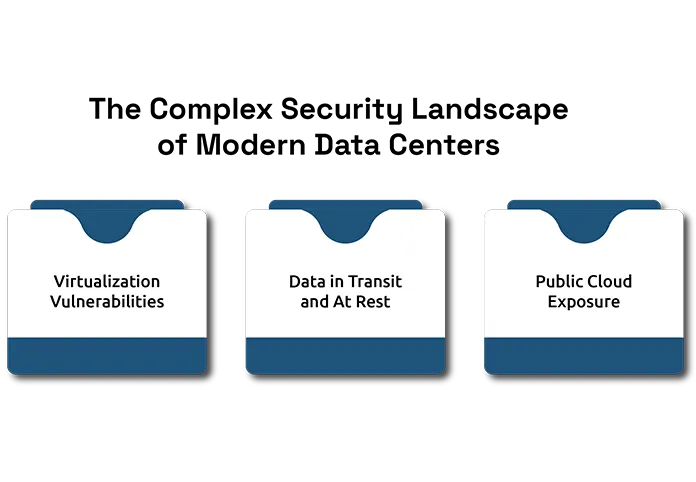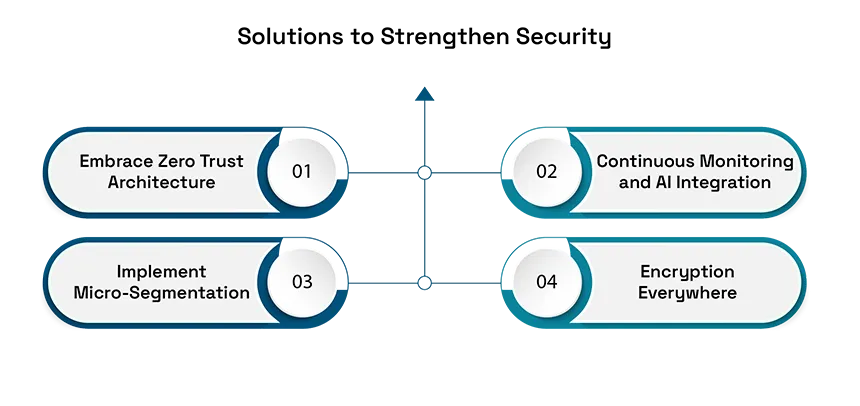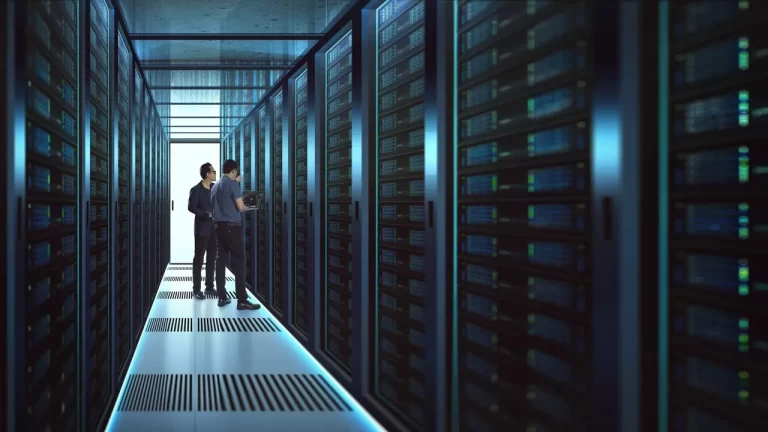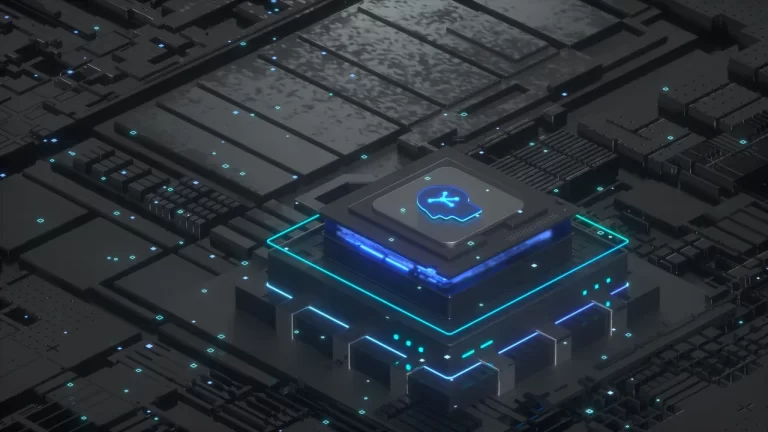As the use of digital technologies increases at a rapid rate, data centers are being brought in more rapidly. These centers constitute the fundamental infrastructure that supports the financial makeup of cloud services which is in turn, the basis for business, applications, and even certain kinds of Artificial Intelligence as found at Grok AI.
With this evolution comes a wave of new and advanced security challenges. In the era of cloud computing data centers, where information moves smoothly between platforms, networks, and geographies, the question isn’t just about performance anymore; it’s about protection.
The Complex Security Landscape of Modern Data Centers
Traditional data centers operated in closed environments, with tight control over every physical and logical aspect. But modern systems, often part of data centers in cloud computing, face new vulnerabilities due to the adoption of cloud-native technologies, multi-cloud setups, and remote access needs.

Some of the most common security challenges include:
1. Virtualization Vulnerabilities
With the widespread use of virtual machines, each acting as a separate computing environment, the risk of hypervisor attacks increases. If one virtual instance is compromised, it could open the door to other systems within a virtualized data center in a cloud computing environment.
2. Access Control and Identity Management
The shift to cloud data centers in cloud computing means multiple users from different locations can frequently access sensitive data. Improperly managed credentials, lack of two-factor authentication, or overly permissive roles can lead to data leaks or internal threats.
3. Data in Transit and At Rest
Whether data is sitting on a server or being transferred across cloud networking, understanding cloud-based data center networks, encryption must be applied consistently. Many breaches occur due to unencrypted data transmissions, especially in public or hybrid setups.
4. Public Cloud Exposure
Public cloud data centersPublic cloud data centers allow for unmatched scalability and convenience, but also increase attack surfaces. Improperly configured storage or open ports can expose the system to hackers, a challenge that requires proactive monitoring and threat modeling.
5. Compliance and Regulations
Meeting the latest security standards that including GDPR, HIPAA, and SOC 2, is important. In complex, virtual data centers in cloud computing, keeping track of compliance across systems and providers requires robust governance tools and practices.
Solutions to Strengthen Security
To address these threats, businesses must invest in modern tools and frameworks that align with current data center architecture in cloud computing. Here are proven methods to overcome these issues:

Embrace Zero Trust Architecture
Zero Trust is a type of security practice based on the postulate that does not assume trust and instead checks all the time. This is especially ideal for the cloud-based data centers where access is granted. This model authenticates every user and device before granting access, minimizing the risk of lateral movement within networks.
Implement Micro-Segmentation
This approach breaks the data center network into smaller zones, each with its own security protocols. If one zone is breached, the attack won’t necessarily spread to others. It’s an effective way to secure a virtual machine environment.
Continuous Monitoring and AI Integration
Modern data centers are increasingly using AI, including platforms like Grok AI, to monitor behavior in real-time. These systems can detect anomalies that a human might miss and respond instantly, improving threat detection and response times.
Encryption Everywhere
Encrypt both data at rest and in transit across the cloud computing centers. Use hardware-level encryption where possible and ensure that keys are managed securely in isolated systems.
Patch Management Automation
Security breaches often occur due to unpatched software. Automated patch management ensures that vulnerabilities are closed promptly, reducing exposure in virtualization of data centers in cloud computing.
The Role of Virtualization and Cloud in Secure Infrastructure
Benefits that are provided by the virtualization of the data center in cloud computing, are not only in the aspects of performance and cost. In respect of security, it has functionality like isolation, scalabiity and flexibility against incidents.
However, the virtualization of the data center in the cloud computing makes it possible to make snapshot and backups that can be recovered quickly in case of a breach or the loss of data. Cloud providers also provide many intégrated services such as the identity management and encryption and auditing which can be costly and time-consuming to implement from the ground.
Data Center Sustainability and Its Role in Security
It might seem unrelated, but data center sustainability trends also intersect with security. Energy efficiency also works as a protective measure that helps to extend the useful life of many pieces of hardware and decrease the likelihood of sudden equipment breakdowns. Besides, good sustainability management adapted with green measures also concerns organizations to provide the latest and secure system.
Rather, security addresses not only the occurrence of an intrusion, but also reliability, the time the system is operational, and credibility. With such tendencies that sustainability is a burning issue in data center trends, and effective protection of energy-saving systems is inextricably linked with the design approach.








